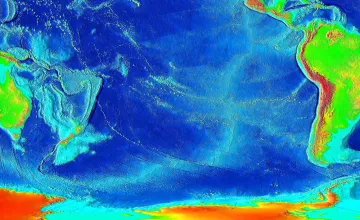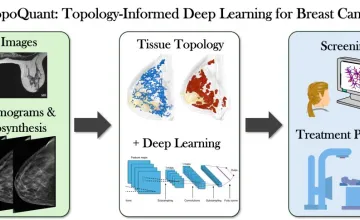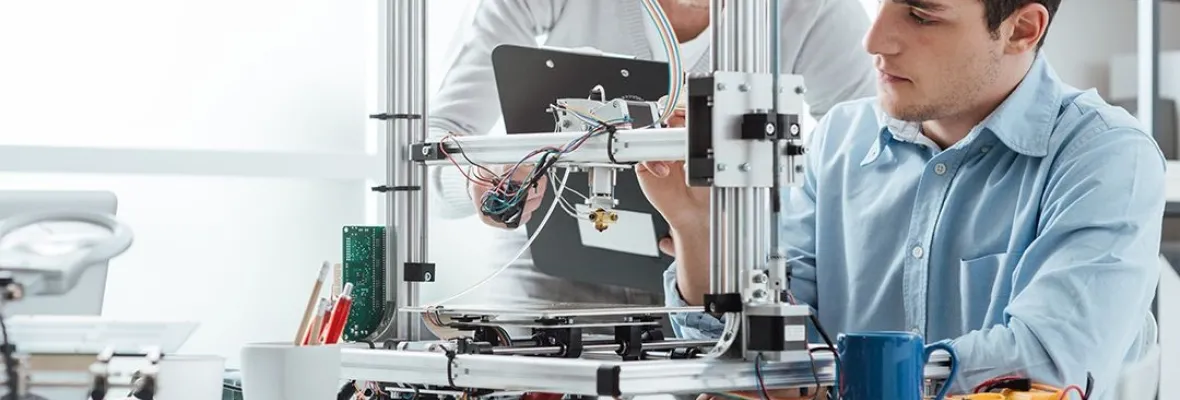AAU universities conduct a majority of the federally funded university research that contributes to our economic competitiveness, health and well-being, and national security. AAU universities are growing our economy through invention and innovation while preparing the next generation of scientists and engineers for global leadership. By moving research into the marketplace AAU universities are helping to create jobs, and provide society with new medicines and technologies.

UMD geologists uncovered evidence of a section of seafloor that sank into the Earth's mantle when dinosaurs roamed the Earth; it's located off the west coast of South America in a zone known as the East Pacific Rise.

Novel research supported by NCI could lead to more specific predictive disease models

A new University of Kansas study reveals parents seeking health care information for their children trust AI more than health care professionals when the author is unknown, and parents rate AI generated text as credible, moral and trustworthy.

Hypertension and amyloid plaques can separately cause dementia. Having both increases a person’s odds of developing cognitive decline, a new study finds
Explore More: University Research
You can filter stories by the university.
A UF researcher's own pet cat brought in a dead mouse - suspecting it may carry disease, the researcher took it in for testing. He confirmed the mouse carried jeilongvirus, which can rarely cause serious illness in people.
Brain injuries, access to firearms, and a culture of selflessness intersect to put the lives of our nation’s heroes at risk, according to an NYU Meyers researcher
A new drug therapy for Parkinson’s disease holds promise to improve life for the estimated 1 million Americans living with the progressive neurological condition.
University of Rochester research provides an updated timeline of human-Neanderthal interactions, revealing patterns in the genetic legacy of this ancient exchange.
KU researchers, with a $3.1M NIH grant, are studying why some carriers of the FMR1 premutation develop FXTAS—a neurodegenerative condition often misdiagnosed as Parkinson’s or Alzheimer’s—to improve early detection and treatment.
